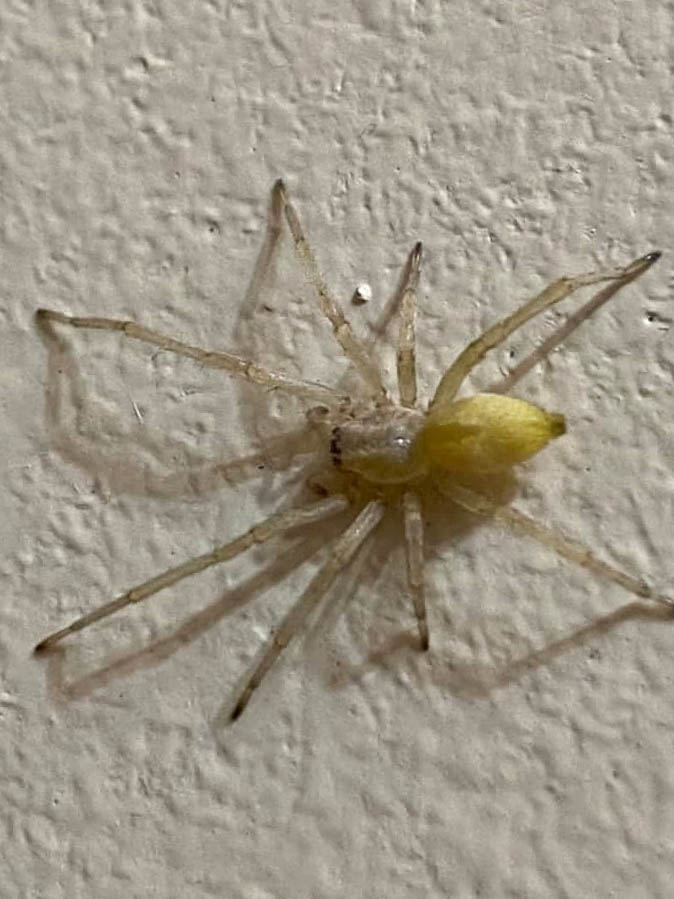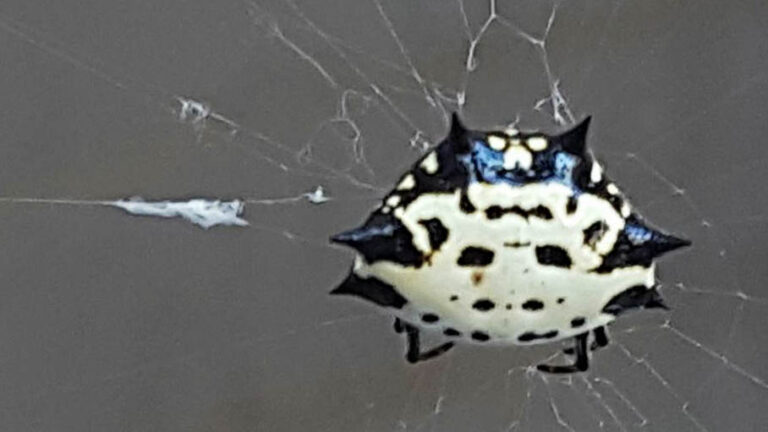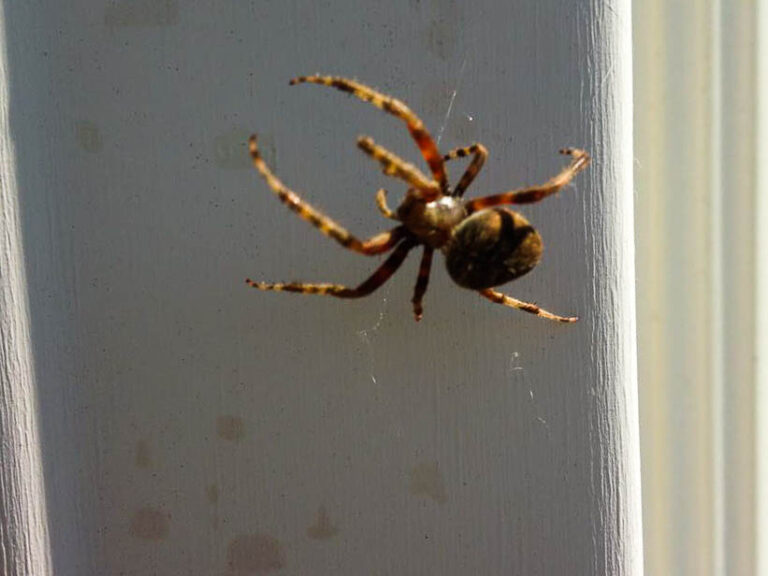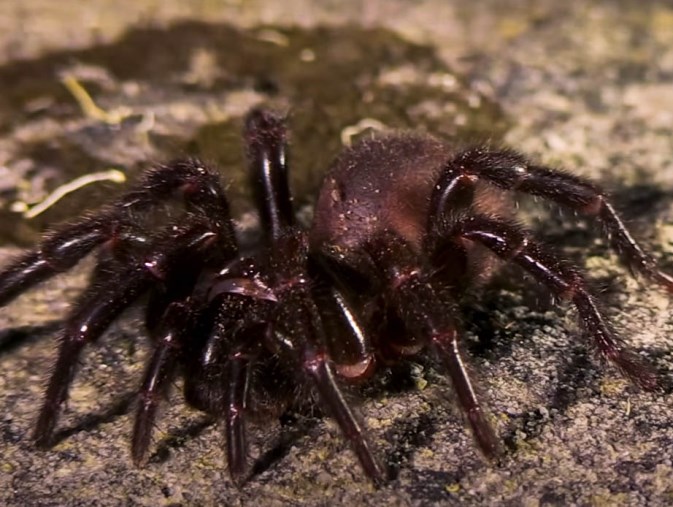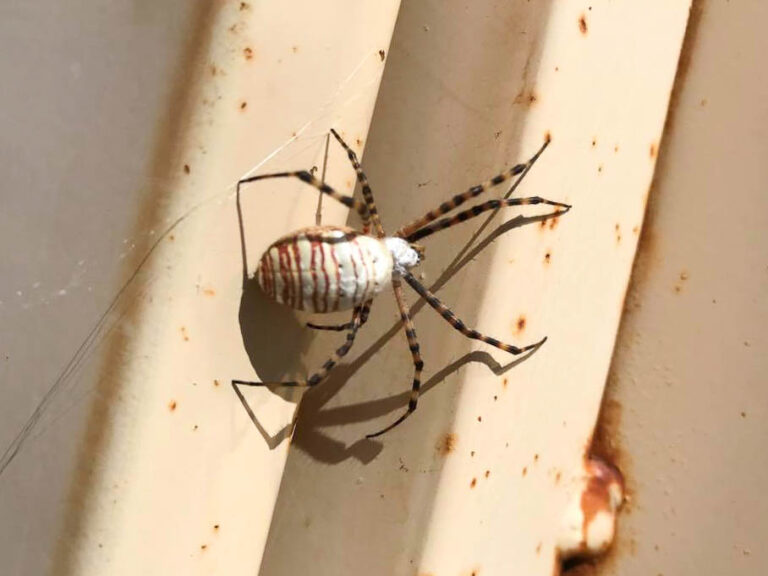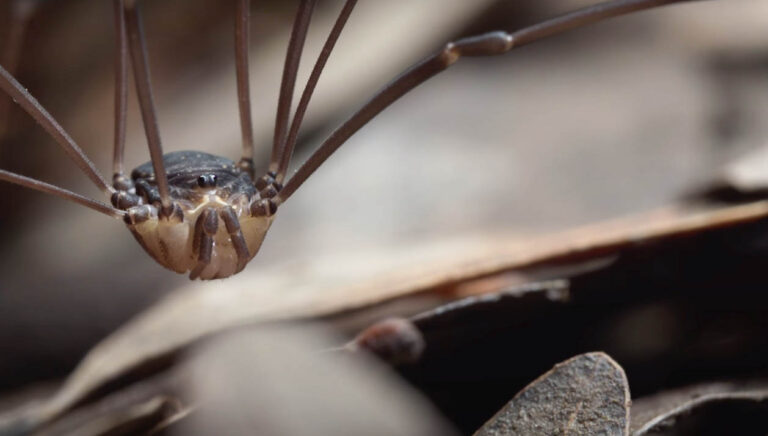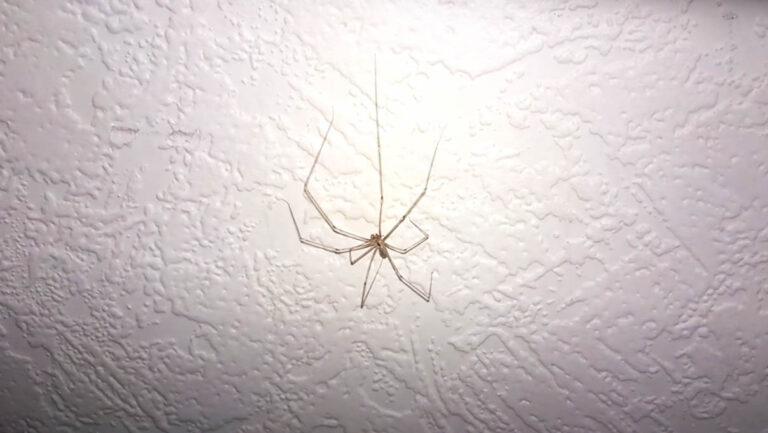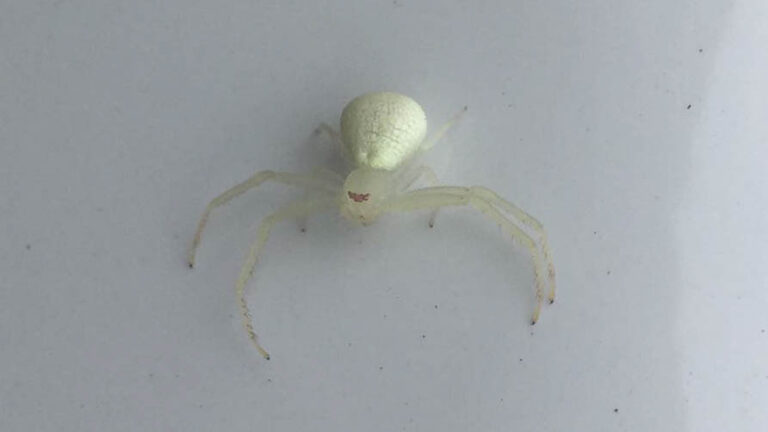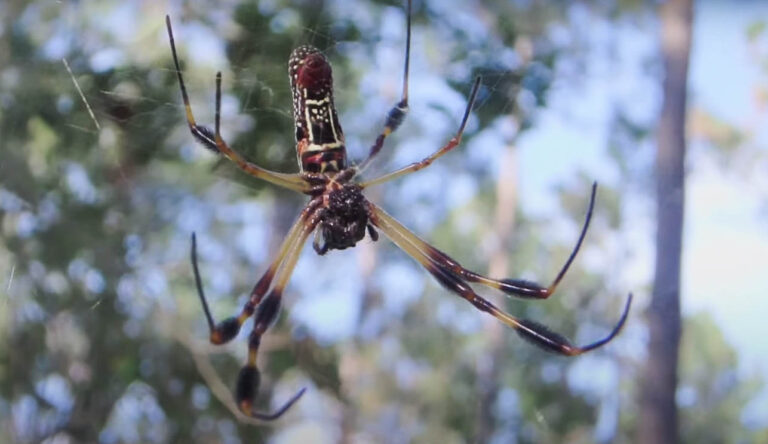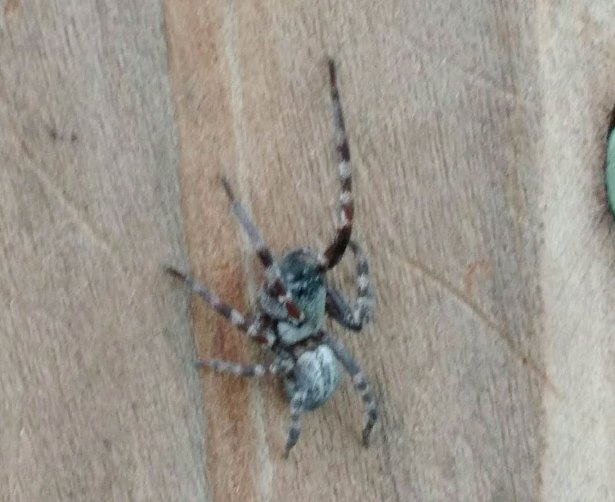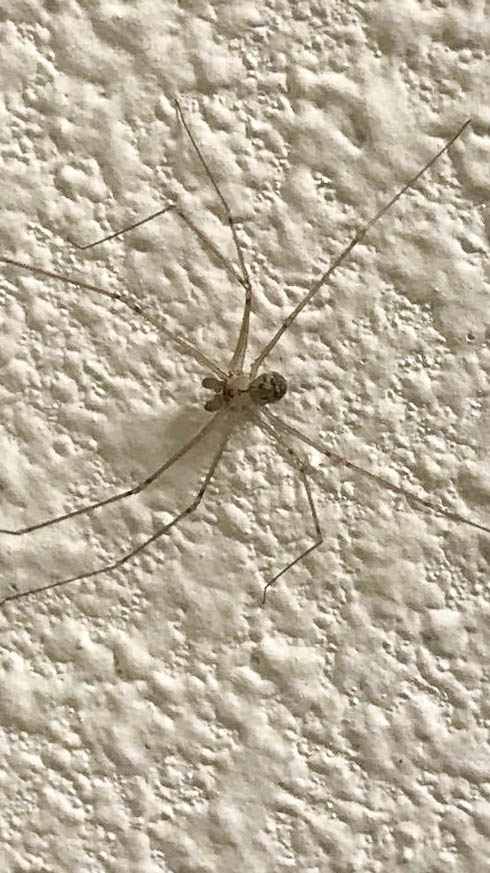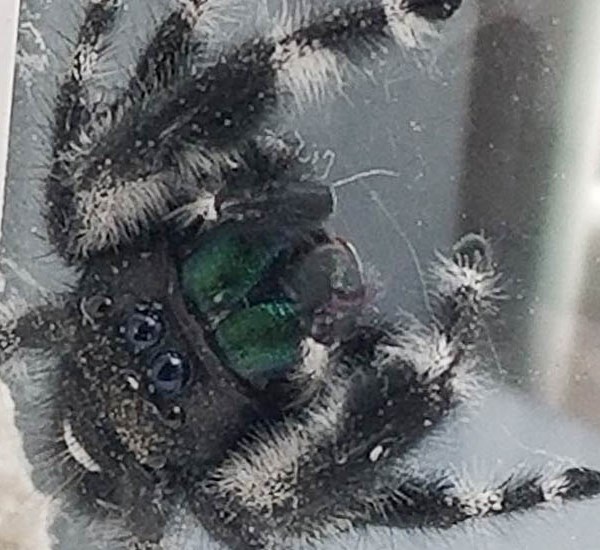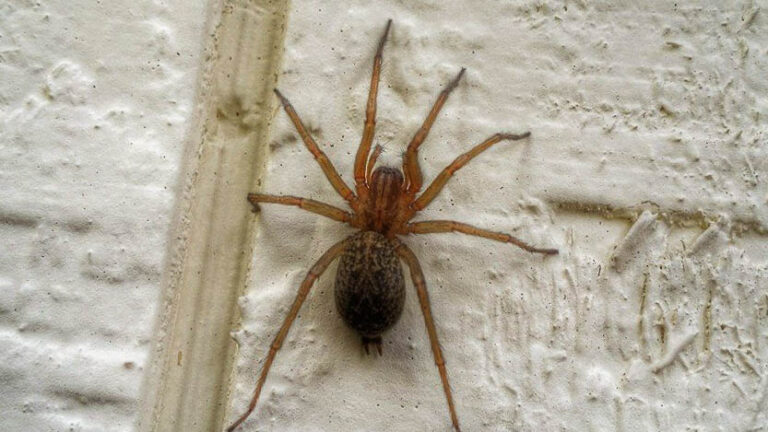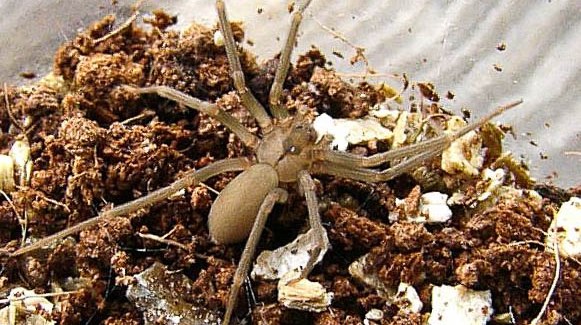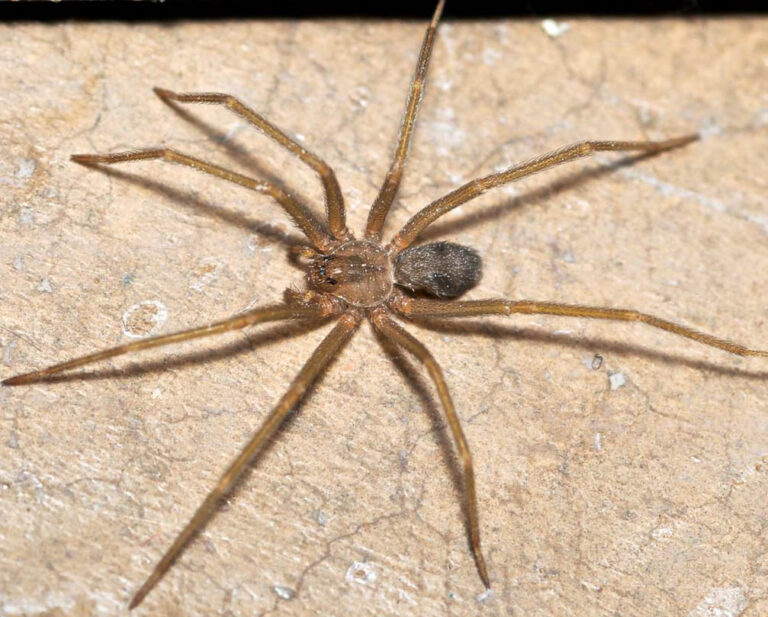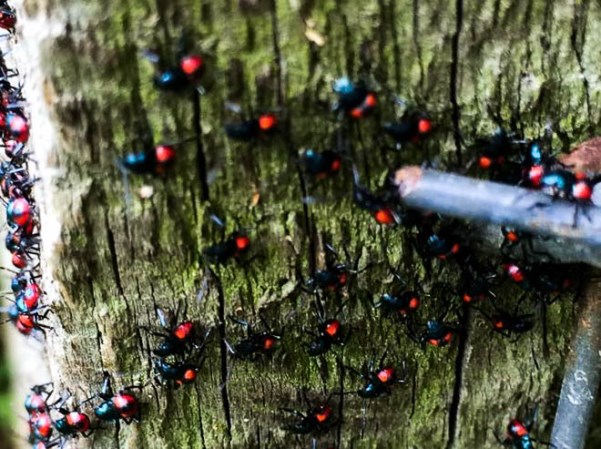About Hobo Spiders
About Hobo Spiders
The hobo spider (Eratigena agrestis) belongs to the genus of spiders called the funnel spiders. These spiders derive their name from the funnel-like structure made from the silk sheeting they create to trap their prey. Hobo spiders can build their webs anywhere as long as the conditions are conducive, including houses and buildings. Why hobo? Hobo spiders expanded their distribution by hitchhiking on humans, thus the name hobo.
Misconceptions: There are many unproven misconceptions about the hobo spiders harmful nature. Some people rumored the bite causes skin necrosis. However, this lacked scientific evidence. In 2017, the CDC (Center for Disease Control and Prevention) removed hobo spiders from venomous spiders. This made it clear that these spiders weren’t as lethal as many people thought it could.
Appearance
Hobo spiders have many similar features to other spider species, especially the brown recluse. Despite the similarities, the hobo spider has a few distinctive features: brown with zig-zag patterns on the dorsal abdomen. Female hobo spiders are 11 to 15mm, while the male’s size ranges from 8 to 11mm. Additionally, their legs are evenly colored and smooth; there are no rings around the legs. Males have reproductive organs resembling two palps near the mouth, always mistaken for venom sacs. Hobo spiders are very aggressive and move very quickly when frightened. When it comes to egg-laying, they produce white or cream egg-cases and safely hide them in secluded places.

Behavior
If you have encountered a hobo spider, you would know that their first reaction to danger is fleeing. Because of their poor vision, hobo spiders sometimes run towards the attacker. At times, this reaction may be misinterpreted as people sometimes think they are charging at them.
Hobo spiders make non-sticky webs. Therefore, the only way they get to their prey is to attack once they get to their web sites. Unlike other types of spiders, hobo spiders have a relatively short lifespan. Male hobo spiders die shortly after mating, and females die soon after laying their egg-cases.
Life Cycle
Hobo spiders die shortly after reproducing. At the onset of September, the females lay their eggs enclosed in an egg-case. They can produce up to four egg cases, with each case holding up to 100 eggs. The egg-sacs have layers made up of silk and debris with soil deposits. They can be safely hidden in various locations, like in the woodpiles outside or closed abandoned areas in houses or buildings. Hobo spiders grow through instar phases from newly hatched juveniles to mature adults. The average lifespan of a hobo spider is one to three years.
Habitat
Hobo spiders prefer dark and moist areas like basements, caves, and cracks. Since they’re poor climbers, they are rarely seen on high-level grounds. Suppose you happen to spot a crawling spider on your ceiling wall that is definitely not a hobo. Geographically, hobo spiders are prominently found in the Pacific Northwestern United States. To avoid being bitten, use a vacuum cleaner to get rid of the webs. In some cases, hobo spiders may wander into human habitations looking for mates or food. However, they avoid human interaction as much as possible and will only bite when they feel threatened.

Are Hobo Spiders Harmful?
According to the CDC (Center for Disease Control and Prevention), the hobo spider’s venom is no longer harmful to humans as it was thought to be. Unlike the bites of other spider species, hobo spider bites do not cause necrosis. However, if these organisms bite you, you will likely experience irritation and pain at the bite site. You’re also likely to experience rashes, among other symptoms such as nausea and redness. Since their bite is not dangerous, washing with soap and water could be helpful.
How to Control Hobo Spiders
Controlling hobo spiders involves the use of non-chemical measures, including the following.
- Installation of sticky glue traps to get hold of the spiders in basements and closets
- Vacuuming to get rid of any webs in and outside your home
You can also use chemicals—insecticides to clear the physical infestation of the spiders. These are applied along the doorways, crevices, and baseboards. The insecticide will kill not only the hobo spider but also other insects.

